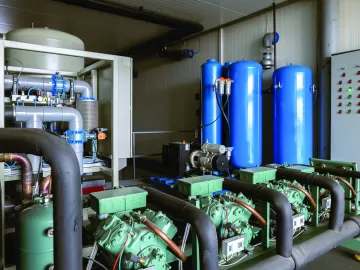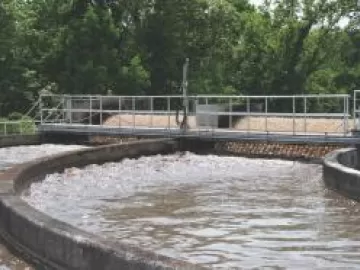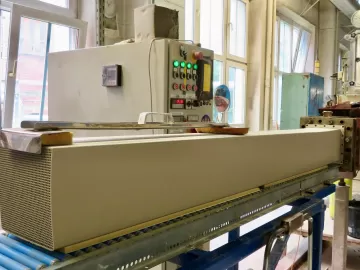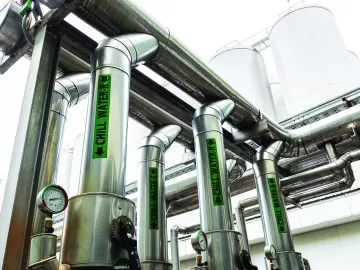Dew Point Measurement in Compressed Air Systems
Wherever compressed air is used, accurate and continuous monitoring of the dew point temperature is advisable. The dew point provides information about the absolute humidity content of the compressed air. A too high humidity content can have negative effects on the quality of the final product, lead to problems during the manufacturing process, or even result in complete system shutdown. Therefore, operators of compressed air systems should address this issue before it causes serious and costly issues. The following explains the basics of dew point measurement and what is important in practice.












